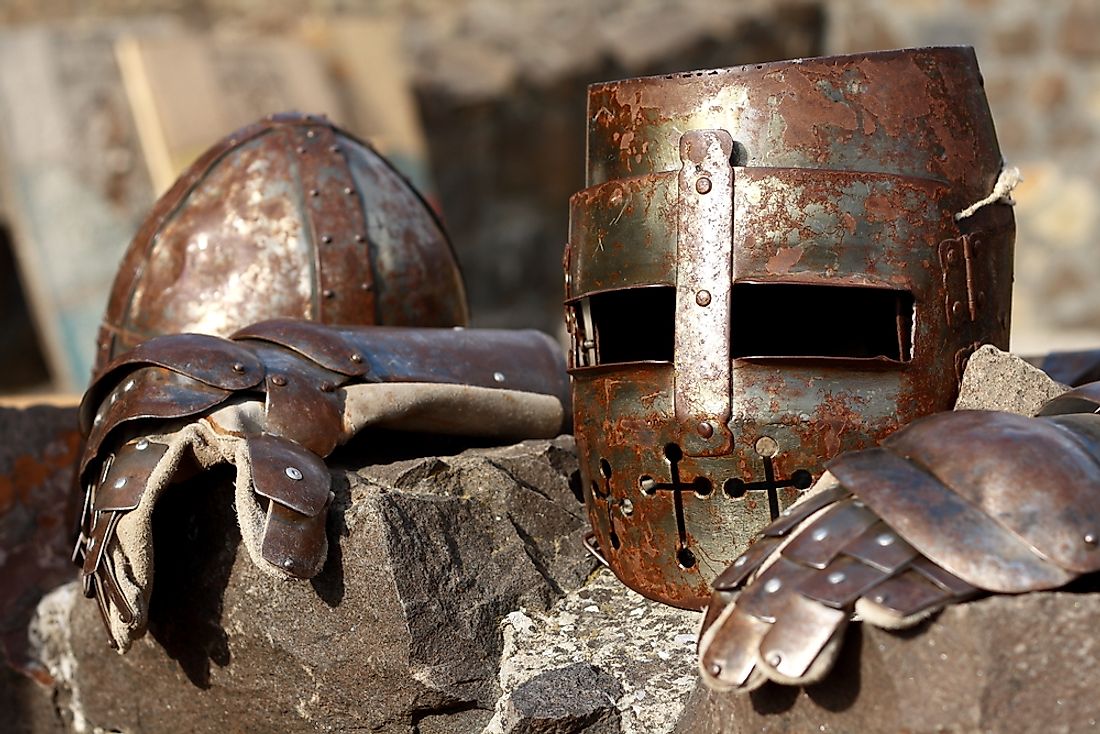What Were the Northern Crusades?

What Were the Northern Crusades?
The Northern Crusades, also known as the Baltic Crusades, were religious wars experienced between the 12th and 13th centuries. They were primarily undertaken by Christian military orders and the kingdoms that were against the Slavic, pagan Baltic, and Finnic people who lived around the eastern and southern shores of the Baltic Sea. As a result of the wars, many indigenous people opted for conversion and baptism to Christianity. The most famous of the Northern Crusades were the Prussian and Livonian Crusades. During the Middle Ages, some of these religious wars were known as crusades while others such as the Swedish religious wars were first named crusades by the 19th-century by the romantic nationalist historians.
The History of the Northern Crusades
The Northern Crusades dates back to 1195 as a result of Pope Celestine III's call. However, the Christian kingdoms of Poland, Scandinavia, and the Holy Roman Empire had already started moving to conquer their pagan neighbors. The Northern Crusades targeting pagan converts took place during different periods including the Wendish Crusade of 1147 which took place between the Oder and Elbe rivers targeting the Obotrites, Sorbs and Polabian Wends by the Poles, Saxons, and Danes. The Swedish Crusades were targeting the people living in the present-day Finland, the Selonians, Livonians, Estonians, and the Latgallians between 1193 and 1227 by the Danes and Germans. Other tribes affected by Baltic Crusades include the Old Prussians, the Curonians, and Semigallians between 1219 and 1290, the Samogitians and Lithuania between 1236 and 1316 by the Germans who were unsuccessful.
The Different Types of Northern Crusades
The Northern Crusades involved some different Crusades against various pagan tribes below are some of them.
The Wendish Crusade
The Wendish Crusade took place in 1147, and the campaigns were against the Polabian Slavs also known as the Wends. The Wends resided in what is present-day eastern and northern Germany. The Wendish Crusade took place parallel to the Second Crusade by the Catholic Church against Islam and infrequently continued to the 16th century.
Swedish Crusades
The Swedish Crusades took place in three different periods and were named the First, Second, and Third Swedish Crusades respectively. The Swedish Crusades were carried out against the Tavastians, Karelians, and Finns by Sweden which took place between 1150 and 1293.
Danish Crusades
The Danish Crusades took place in the form of two Crusades to Finland between the years of 1191 and 1202. The 1202 Danish Crusade was spearheaded by Anders Sunesen a Danish archbishop of Lund, Scania together with his brother.
Livonians Crusade
During the 12th century, the inhabitants of lands presently known as Lithuania, Estonia, and Latvia had started forming a non-Christian wedge between their powerful enemies the Christian states which were rapidly expanding the Catholic Church was situated to their west while the Orthodox was located to their east. The two Christian denominations had failed to successfully convert the inhabitants of these regions since they had different creeds. For more than 150 years before the German Crusaders arrived in the region, there had been 13 attacks by Sweden, Denmark, and the Russia principalities in Estonia. The inhabitants of Estonia also retaliated by rising against both Sweden and Denmark. Some of the Catholics attempted to peacefully convert the people of Estonia through missions executed between 1045 and 1072 by the Archbishop of Bremen known as Adalbert. Despite their methods being peaceful, these efforts to convert pagan Estonians to Christianity seemed had seemed unsuccessful.











